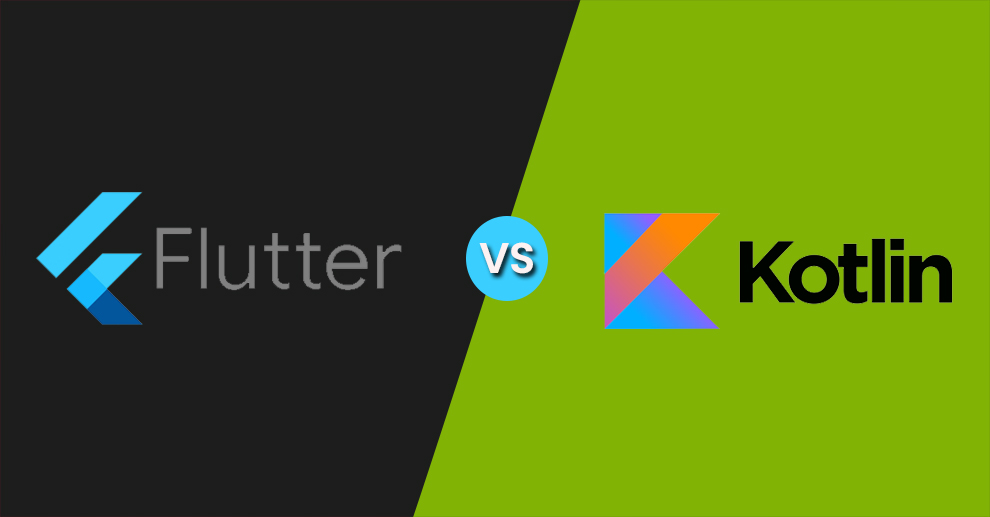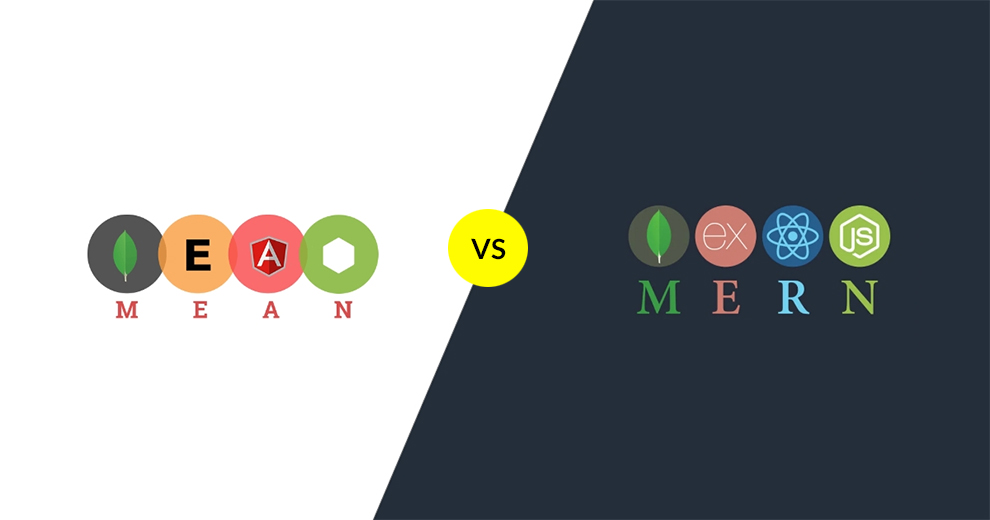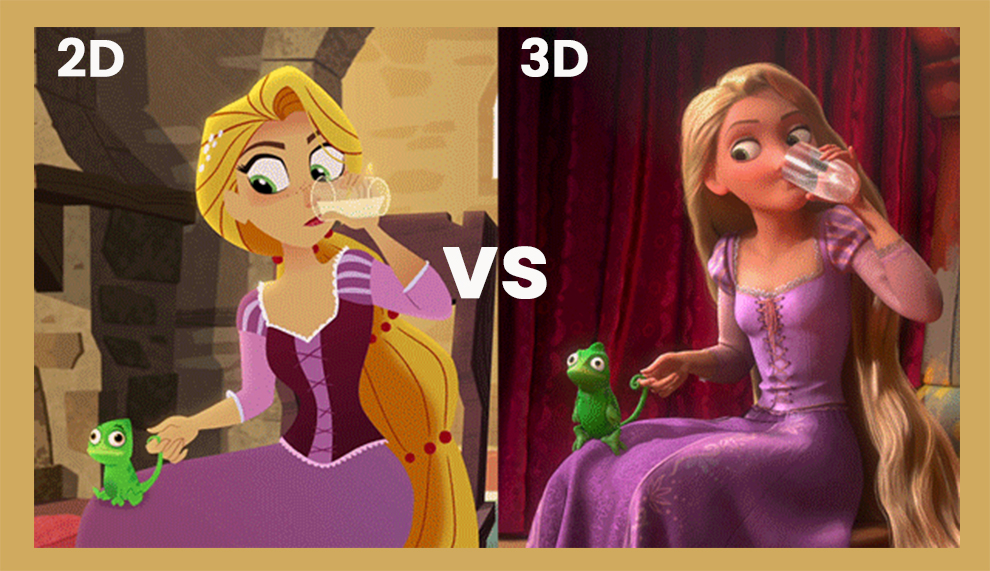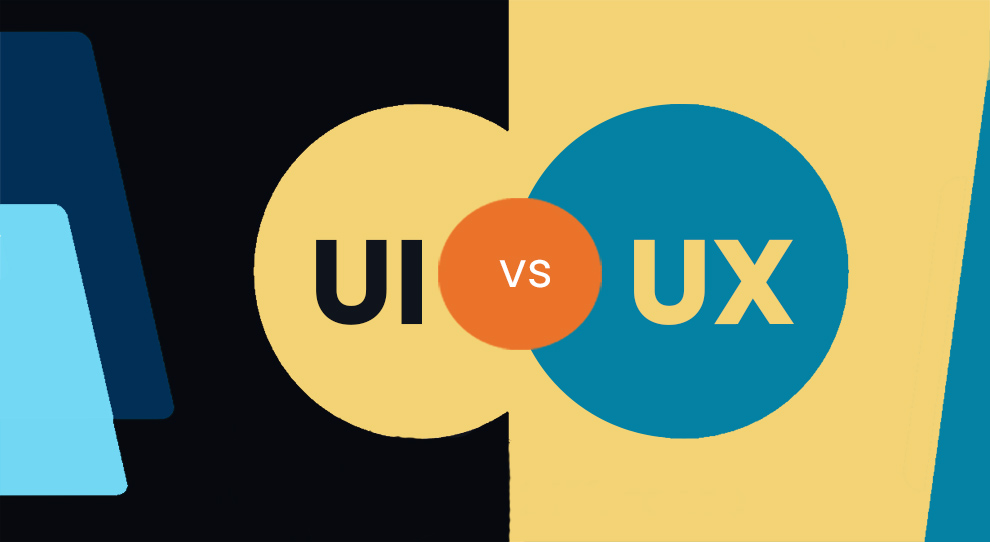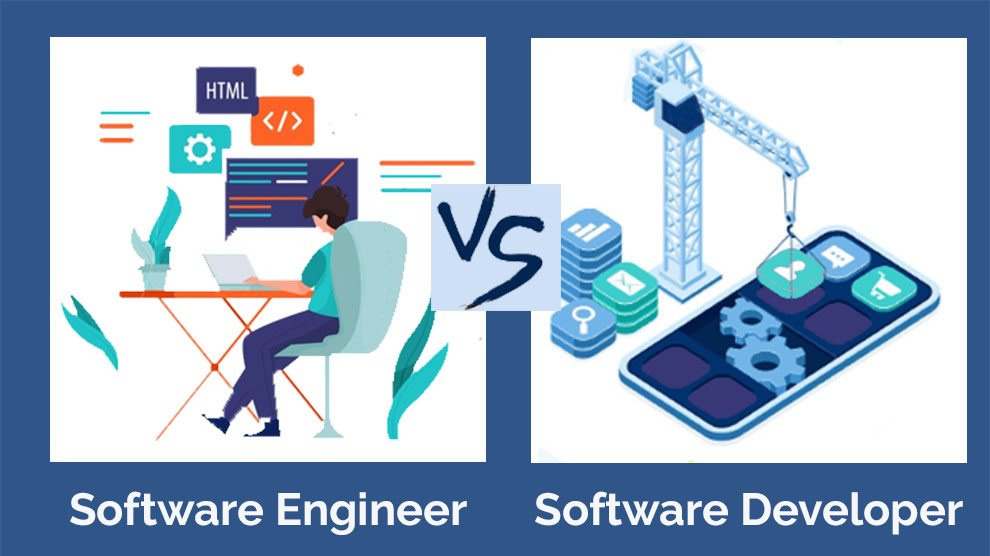Both have their own plus points, but one thing worth mentioning is that Flutter is relatively more recent and advanced with faster execution to build cross-platform mobile apps.
Flutter is an open-source mobile app development framework and Kotlin is a programming language also used primarily. Both of them allow developers to build native applications for Android and iOS platforms.
However, they have some key differences in terms of their architecture, features, and development approach. Being a framework, Flutter has several inbuilt functions and third-party libraries to complete an application but Kotlin does not use any third-party libraries or tools to make connections as it works within the native platform ecosystem.
In this article, we shall look at the major differences between Flutter vs. Kotlin and learn the uses, practicality, and pros & cons of these languages. It will help aspiring developers select the language that would benefit them.
Which Is Better Between Flutter and Kotlin?
| Kotlin | Flutter | |
| Language Type | Java-based | Dart |
| Popularity | Kotlin is widely used for developing Android apps and has been declared the official language for Android app development by Google. | Flutter has gained popularity quickly since its launch in 2017 and is currently one of the fastest-growing mobile app development frameworks. |
| Performance | Kotlin provides high performance and smooth app performance, making it a good choice for performance-critical apps and games. | Flutter offers high performance, fast development, and attractive UI with its widgets, which are customizable and fast-rendering. |
| Development Speed | Kotlin provides concise and expressive syntax, making it easy to read and maintain, but the development speed may be slower than Flutter. | Flutter’s hot reload feature allows developers to make changes and see the results instantly, reducing the development time. |
| Learning Curve | Kotlin is easy to learn for Java developers and has a shallow learning curve, but it may take some time for others to get used to it. | Dart, the language used in Flutter, is easy to learn for developers who are familiar with Java and JavaScript. |
| Community Support | Kotlin has a large and active community of developers and has great support from the Android community. | Flutter has a growing and active community that offers support and provides updates to the framework. |
| App Sizes | Kotlin apps have smaller file sizes compared to Flutter apps. | Flutter apps have larger file sizes compared to Kotlin apps. |
| Use Cases | Kotlin is primarily used for developing Android apps, but it can also be used for developing server-side, web, and desktop apps. | Flutter is suitable for developing modern, high-performance, and visually appealing apps for both iOS and Android. |
What Is Kotlin and Why Use It?
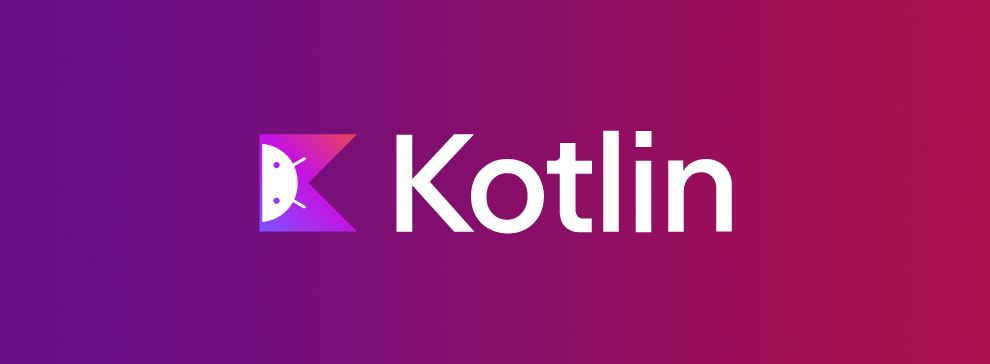
Kotlin is a modern and concise programming language that is fully compatible with Java and runs on the Java Virtual Machine (JVM). It offers a more concise and expressive syntax than Java, making it easier for developers to write high-quality code.
Kotlin is a great choice for developers who want to build robust and maintainable apps that are compatible with the existing Java ecosystem.
One of the main goals of Kotlin is to improve upon Java by addressing some of its shortcomings, such as verbosity and null pointer exceptions. To that end, Kotlin offers features such as null safety, type inference, and more concise syntax, which make it a more modern and efficient language.
When choosing between Kotlin or Flutter, know that Kotlin can also be compiled into JavaScript and native code, making it a versatile language that can be used for a wide range of applications, including Android app development, server-side development, and front-end development. To learn more about Kotlin, you can take these online Kotlin courses.
Pros and Cons of Kotlin
| Pros | Cons |
|
|
Popular Apps Based on Kotlin
Some of the most popular applications that have been built using Kotlin are Pinterest, Coursera, Uber, Slack, Gradle, Shadowsocks, Postmates, Evernotes, and Tinder.
What Is Flutter and Why It Is Used?
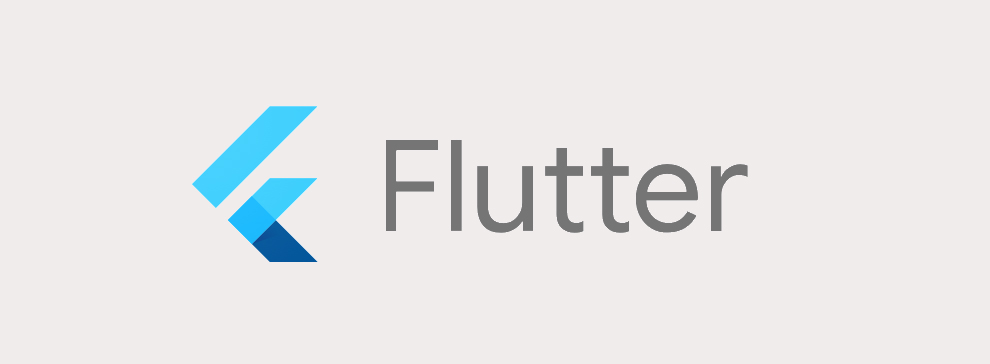
Flutter is an open-source framework created by Google for building natively compiled applications for mobile, web, and desktop from a single codebase.
It is known for its fast development cycle, fast performance, and unique features such as hot reload, which allows developers to see the changes they make in real-time.
Flutter is a great choice for developers who want to build beautiful and highly responsive apps with a smooth and fast user experience. The correct way to learn flutter can make all the difference in your professional journey.
Flutter has a unique architecture that includes a reactive programming model and a custom-designed widget tree. This allows developers to create beautiful, responsive, and smooth animations and UIs that feel natural to users.
Flutter provides a wide range of pre-designed widgets that cover most of the basic UI elements, including buttons, text fields, sliders, and more. These widgets are customizable. Flutter also supports the creation of custom widgets, which can be combined with the pre-designed widgets to create complex UIs.
Dart is one of the essential prerequisites of Flutter. It is so because Flutter uses the Dart language, which is an easy-to-learn and expressive language that was designed specifically for the web.
Pros and Cons of Flutter
| Pros | Cons |
|
|
Common Apps Based on Flutter
Some of the most popular applications that have been built using Flutter are Google Pay, Dream 11, Xianyu by Alibaba, Postmuse, eBay, Tonal, Rows, Superlist, Rive, Google Classroom, and PUBG Mobile.
If this excites you to get proficient in Flutter, here are the best online courses to learn Flutter.
Difference Between Flutter and Kotlin – Guide to Help You Choose!
A. Where do they come from?
Flutter is an open-source mobile application development framework created by Google. It was first introduced in 2017 and has since become one of the most popular frameworks for building cross-platform mobile applications for Android and iOS.
Kotlin, on the other hand, is a statically-typed programming language that runs on the Java virtual machine. It was developed by JetBrains. Kotlin was first released in 2011 and has since become an officially supported programming language for Android app development by Google.
B. Which is more popular Flutter vs. Kotlin?
In general, Kotlin is more widely used for Android app development, while Flutter is gaining popularity for cross-platform mobile app development.
However, the popularity of both technologies is continuously growing and they both have a strong community of developers.
Flutter is popular for building high-performance and beautiful mobile applications for iOS and Android. It is gaining rapid popularity among developers due to its simplicity and fast development features.
Kotlin is a statically typed programming language that is for Android application development. It was declared as the second official language for Android app development by Google, and since then, its popularity has been growing steadily.
C. Kotlin Vs. Flutter – Which Is Easier To Learn?
Usually, first-timers find Flutter easier to learn than Kotlin.
However, the ease of learning a programming language depends on many factors such as the prior experience of a developer, the goals they want to achieve, and their learning style.
Flutter is a UI toolkit that uses Dart as its programming language, which is relatively easy to learn for developers familiar with Java, JavaScript, or other C-style languages as compared to Kotlin.
Kotlin is known for its expressive and concise syntax, and many developers find it easier to use than Java.
D. Is Flutter faster than Kotlin?
The raw performance time of Flutter is faster than that of Kotlin.
Flutter uses the Dart programming language, which is known for its fast performance and allows for fast iteration and development.
Kotlin, on the other hand, is a modern programming language that runs on the Java virtual machine (JVM). Kotlin is known for its high-level abstraction, making it easier to write readable and maintainable code, but this may come at the cost of raw performance.
E. Cost of development of Flutter and Kotlin.
The cost of development for a Flutter or Kotlin project will depend on various factors such as the complexity of the project, the size of the development team, the region where the development is taking place, and the hourly rates of the developers.
You will need to pay for the developers, designers, and any other resources required for the project in the case of Flutter and Kotlin both.
However, the difference between Flutter and Kotlin in terms of cost of development emerges when one has to hire Kotlin developers. Kotlin developers are harder to come by as the language is not as easy to learn, so you may need to pay a premium for experienced Kotlin developers.
In general, the cost of development with Flutter or using Kotlin will be higher compared to other cross-platform frameworks such as React Native.
F. Kotlin vs. Flutter User Experience
If the project requires extensive interoperability with existing Java code or libraries, Kotlin may be the better option.
In terms of user experience, the choice between Flutter and Kotlin will depend on the specific needs and requirements of the project. If the focus is on creating a visually-rich and dynamic user interface, Flutter is a strong choice.
Flutter’s modern architecture and rich widget library provide a smooth and responsive user experience. It also offers fast development and hot reloading, allowing developers to quickly iterate and see their changes in real time.
On the other hand, Kotlin is concise and expressive, making it easier for developers to write high-quality code. Kotlin is fully compatible with Java, allowing developers to leverage their existing Java knowledge and code, and it also has a growing library of third-party libraries and tools.
G. Is Flutter better than Kotlin performance vice?
Comparing Flutter and Kotlin in terms of performance can be challenging, as performance is dependent on many factors such as the specific use case, hardware, and software optimization.
Flutter’s widgets are drawn on the screen, which means the application is highly responsive and has good performance. When it comes to performance, Kotlin can be faster than Java in certain scenarios due to its improved type inference and support for functional programming.
H. Integration possibilities
Yes, it’s possible to integrate Flutter and Kotlin in a single project.
Here are the ways you can integrate the two:
Using Flutter for the UI and Kotlin for the backend: You can use Flutter to build the app’s UI and leverage Kotlin for the backend, such as making API calls and processing the data.
This can be achieved by using a platform channel to communicate between the Flutter and Kotlin parts of the app.
Using Flutter as a library in a Kotlin/Java app: You can use Flutter as a library in a native Kotlin or Java app and embed Flutter views in your app. This can be useful if you want to add Flutter components to an existing app or reuse Flutter code in multiple apps.
Using Flutter and Kotlin in different parts of the same app: In this scenario, you can use Flutter for some parts of the app and Kotlin for others. For example, you could use Flutter for the app’s main screen and Kotlin for the settings screen.
I. Scope of Flutter vs. Kotlin
Kotlin has a wider scope and can be used for various types of applications beyond just mobile, whereas Flutter is primarily focused on mobile app development.
Kotlin can be used to develop applications for a variety of platforms including Android, iOS, Web, and Desktop.
On the other hand, Flutter is designed to build high-performance, visually attractive, and fast-loading mobile apps for iOS and Android only.
J. Is Flutter better than Kotlin in testing support
Both Flutter and Kotlin provide strong support for testing and make it easy for developers to write tests for their code
Flutter provides a comprehensive testing framework, called the “Flutter Driver”, which is used to write automated tests for Flutter apps. You can use Flutter Driver to write end-to-end tests, widget tests, and unit tests.
While Kotlin provides support for testing through the standard JVM testing frameworks such as JUnit, Hamcrest, and Mockito.
J. Kotlin vs. Flutter salary earning potential
In general, developers with experience in Kotlin tend to earn slightly higher salaries than those with experience in Flutter, as Kotlin is more widely used for building native Android applications.
On average, a software developer with Kotlin and/or Flutter skills can earn a salary of around $80,000 to $120,000 per year in the United States.
Therefore, if you are wondering ‘should I learn Flutter or Kotlin?’ from the perspective of earning, you should probably go for Kotlin. However, Flutter is a newer technology that has seen rapid growth in popularity and demand in recent years, so the salaries of Flutter developers are also increasing.
K. Community support
Both Flutter and Kotlin have a large and active community of developers, so there are plenty of resources available for learning and troubleshooting.
However, given that Kotlin has been around for longer and is widely used for Android development, there may be slightly more resources available for it.
Related: Flutter Vs React Native | Flutter Vs React |Flutter Vs Xamarin |Flutter Vs Swift
Is Flutter going to replace Kotlin?
It’s unlikely that Flutter will completely replace Kotlin in the future. Both Flutter and Kotlin serve different purposes and are used for different types of development.
While Flutter provides an efficient way to build cross-platform mobile apps, Kotlin offers more versatility and can be used for a wider range of development tasks. So, while Flutter may become increasingly popular for mobile app development, it is unlikely to completely replace Kotlin.
So if you are questioning yourself –‘ Should I learn Kotlin or Flutter?’ because you are afraid of Flutter replacing Kotlin, then don’t be. The choice of technology will depend on the specific requirements and goals of the project, and developers will continue to use the tools that best meet their needs.
Final Verdict: Flutter Vs. Kotlin Which Is Better?
The debate on whether Flutter is better or Kotlin continues, with both having their own unique merits and disadvantages.
Both Flutter and Kotlin are great options for developing mobile apps, and the choice between them will depend on your specific needs and project requirements.
If you’re looking for a fast and flexible framework for building beautiful and responsive apps, then Flutter is a good choice.
If you want a robust and maintainable language that is compatible with the existing Java ecosystem, then Kotlin is the way to go.

